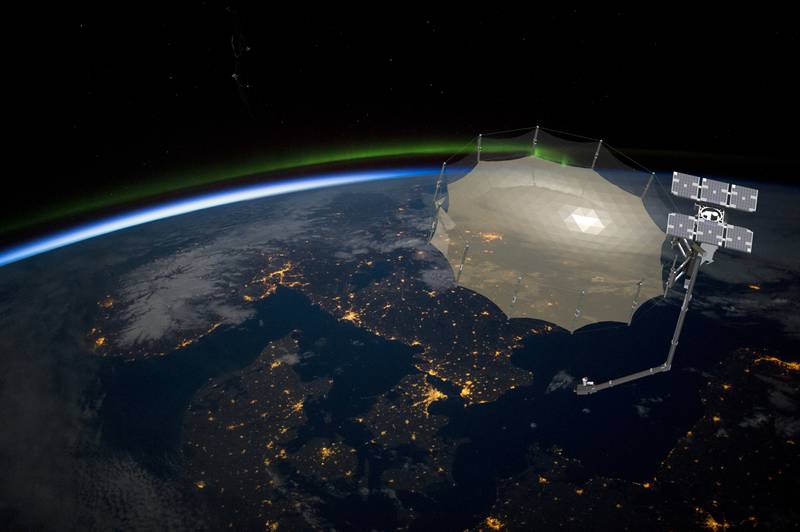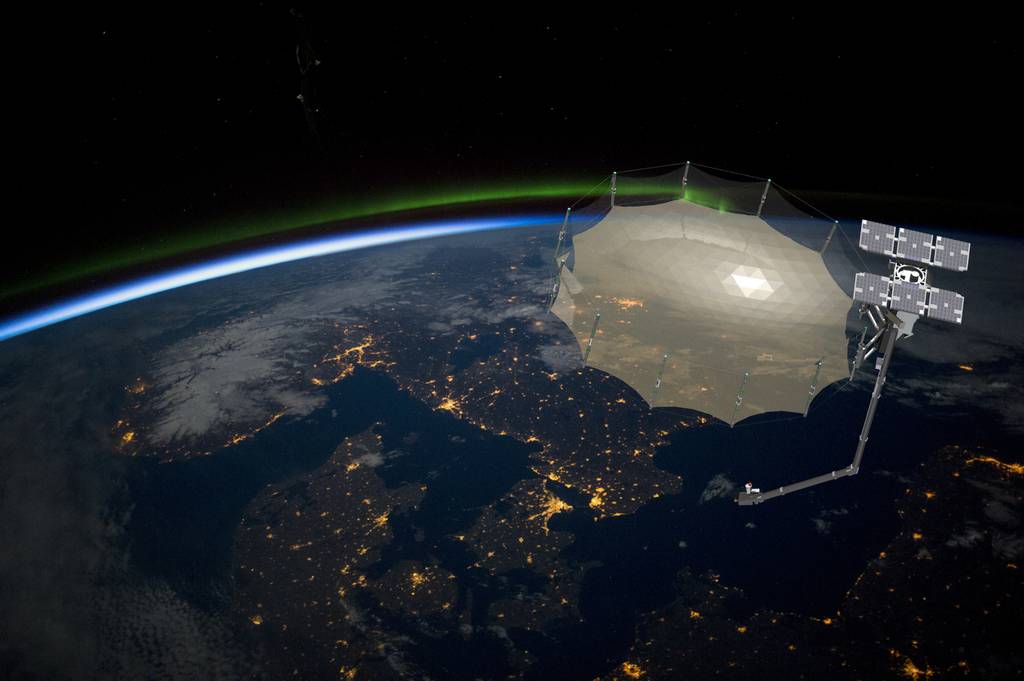Capella Space announced May 13 that it signed a deal to provide synthetic aperture radar to the U.S. Navy, even though the company has yet to put a satellite on orbit.
Unlike traditional electro-optical satellite imagery, which can be degraded or denied by adverse lighting conditions or weather, SAR creates images with radar, meaning it can produce images regardless of the weather or lighting conditions. Additionally, SAR sensors can provide data on material properties, moisture content, precise movements, and elevation, meaning that SAR can be used to build 3D recreations of a given geographical area. Capella says its planned SAR satellite constellation will be able to collect sub-0.5 meter imagery, capable of identifying various types of aircraft or vehicles at ground level.
RELATED

Still, the company has yet to put a single payload of their planned 36 satellite constellation on orbit.
Although Capella executive hoped to have satellites launched by the end of 2019, it noted in January that the first satellite wouldn’t launch until March, with six more to follow by the end of the year. With this latest announcement, the company simply stated the first launch would take place later this year. Until then it will collect imagery by flying its synthetic radar on a specially outfitted airplane.
The Navy signed a contract with the company through the Defense Innovation Unit’s Commercial Solutions Opening. Under the new contract, Capella will provide imagery as well as in-house analytics for interpreting that data.
The Navy deal is just the latest military and intelligence contract for the company.
“Defense & intelligence agencies utilize Capella’s SAR data for a variety of purposes, including disaster recovery, infrastructure monitoring and indications and warnings of potential threats,†said Capella CEO and Founder Payam Banazadeh. “The continuous work we receive from these agencies is a testament to the future they see where Capella services play an important role in our national security.â€
The Air Force awarded the company a contract in November to use its SAR for virtual reality software, missile defense and developing predictive intelligence to foresee foreign threats. On the intelligence side, the National Reconnaissance Office issued a commercial study contract to the company in December as part of its efforts to diversify what types of imagery the agency purchases from commercial companies.
Nathan Strout covers space, unmanned and intelligence systems for C4ISRNET.








